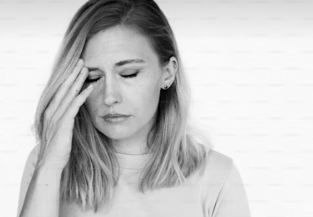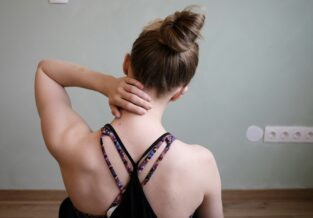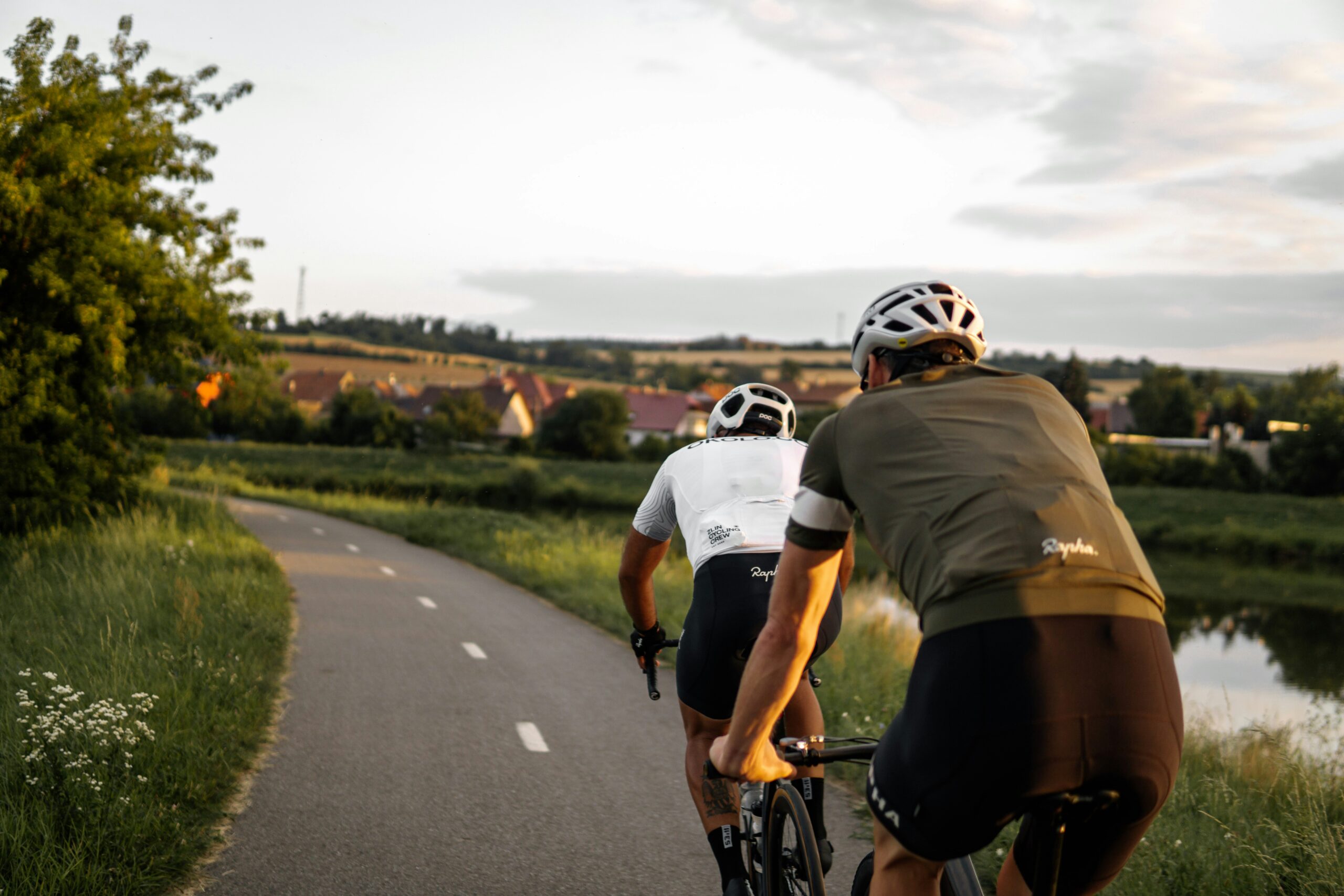Preventing a cycling injury
Published on
23 Jan 2019
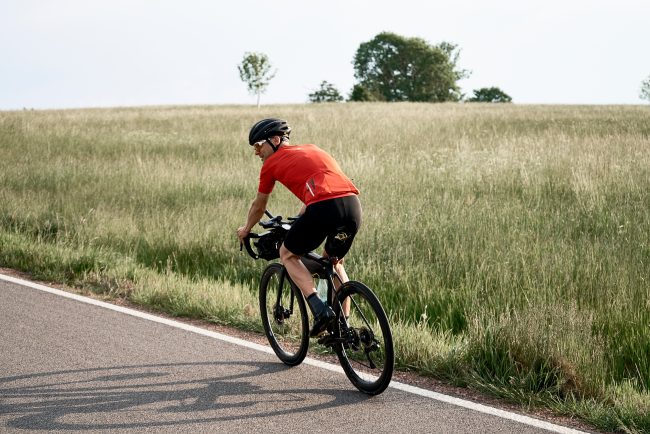
Call us on: (03) 9975 4133
It’s a physiotherapist's tale as old as time: person has to give up high-impact activities due to injury, takes up cycling as a low impact, (supposedly) less injury-inducing alternative. On paper, cycling is a fantastic alternative – the perfect mix of cardiovascular-endurance workout and social outing (with obligatory caffeine fix)! However, injuries can still happen on the bike and are, more often than not, easily avoided with a bit of planning ahead.
Now, when I’m talking about ‘cycling injuries,’ I don’t mean the type that result from you sliding along the bitumen on your bottom after touching the wheel in front of you on your group ride. Unfortunately, there’s not much I can do for you there! I’m talking about the more repetitive, overuse-type injuries that result from how you move on your bike.
In a previous blog post, I discussed the most common cycling-related injuries that I see in the clinic. Here is my beginner’s guide to avoiding cycling-related injuries and therefore enjoying your time on the bike!
1) Buy the right sized bike.
It sounds obvious, but this is a big one. There is quite a bit of wriggle room when setting up bikes, however, there’s only so far that adjusting your seat, cranks, handlebars and head stem can go when you’re 6 foot 3, trying to fit onto a 52cm frame. Previously, when bikes were only bought in bike stores, buying the wrong size frame could largely be avoided. However, we do so much of our shopping online now, why would buying bikes be any different? Different bike brands use different sizing charts and most will have an online version that you can look up. However, if you’re in between sizes or you’re unsure, I would definitely recommend going to an actual, physical bike store (crazy, I know) and trying before you buy! The same rules apply for buying second hand: check online for a sizing chart and definitely don’t hand over your hard earned until you’ve ridden the bike.
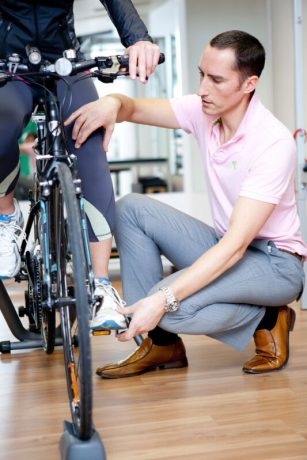
2) Get yourself set up on your bike by a professional.
As I mentioned above, there are a lot of different variables that can be adjusted when setting up a bike. The seat, cranks, cleats, head stem and handlebars can all be adjusted/swapped out for different lengths. Seats also come in a multitude of different shapes and sizes with or without pressure relief channels. That’s a lot to think about when you’ve just taken up cycling as a sport. My advice? Let someone else do the work for you! Most bike stores offer bike fit services; however, if you (like most of us over the age of 20) have areas of tightness/weakness or specific injuries that need to be factored in to your bike set up, having a more tailored set up done by a health professional can be an important step.
3) Don’t expect injuries that you’ve had off the bike to not have an effect on the bike.
If the reason you’ve taken up cycling is because you’ve got an injury that prevents you from continuing with impact exercises, in all likelihood, there are strength, flexibility and biomechanical changes that have happened due to the original injury that can carry over and affect your riding. Even if this isn’t the case, most of us lead otherwise very sedentary lives off the bike and these same neuromuscular changes can occur. Weak gluteal/trunk muscles, stiff thoracic spines, poor head/neck/shoulder strength and posture, tight hip flexors/hamstrings and overall poor flexibility can all limit your ability to enjoy riding. Having a physical assessment done by a physio will highlight any factors that need to be addressed with manual (hands-on) therapy and/or exercises. This will allow you to move better on the bike and not only help to avoid further injury but also improve performance (win-win!).
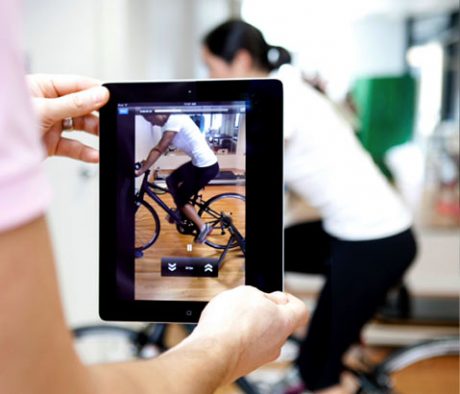
4) Don’t overdo it!
Like any other sport, it’s important not to ramp up your training loads too quickly or, equally as detrimentally, be too up and down. ‘Load management’ is a concept that has been big in strength and conditioning for a while now and is just as important in cycling. Don’t buy a bike and on the first weekend go out and ride 100km. Just don’t. No part of your body will thank you for it. Slowly increasing your total weekly kilometres by no more than 10% is a good guide – so if you’re riding once a week on the weekend then it’s important to be slow and steady.
5) Don’t be afraid to seek out professional advice!
If you’ve recently taken up cycling – amazing! It’s a fantastic sport that will not only help you be fit and healthy, it’s also a great way to connect with a community of like-minded people and take in some great scenery (and coffee) as you go.
We’re here to help.
If you’re new to cycling and needing some advice, please don’t hesitate to contact us at Pure Physio so we can help you get ‘on your bike’!
